Asaṅga and Vasubandhu: Synthesizing Yogācāra thought
Asaṅga and Vasubandhu are two of the most influential thinkers in the history of Mahāyāna Buddhism, renowned for their foundational role in developing the Yogācāra, or “Consciousness-Only”, school. Working in the 4th and 5th centuries CE, these brothers synthesized philosophical analysis, meditative insight, and ethical reflection to create a comprehensive vision of how consciousness shapes experience and how liberation is possible. In this post, we explore their lives, core doctrines, and the lasting impact of their thought on Buddhist philosophy in India, East Asia, and beyond.
Japanese wood statue of Asaṅga (jap.: Mujaku) from 1208 CE, Kōfuku-ji, Nara. Source: Wikimedia Commonsꜛ (license: public domain)
Introduction
Asaṅga and Vasubandhu stand as two of the most influential figures in the history of Mahāyāna Buddhism. Their work not only consolidated the Yogācāra school as a coherent philosophical tradition but also helped transmit a systematic vision of consciousness and liberation that would deeply shape both Indian and East Asian Buddhist thought. Working in the 4th and 5th centuries CE, Asaṅga and Vasubandhu responded to evolving doctrinal needs within the Mahāyāna community — especially the desire to articulate a philosophy of mind that could account for both the illusion of subject-object duality and the potential for transformative insight.
The Yogācāra school, sometimes known as the “Consciousness-Only” (vijñaptimātra) tradition, emerged as one of the two major currents of Mahāyāna philosophy, alongside Madhyamaka. While Madhyamaka emphasized the emptiness (śūnyatā) of all phenomena and the radical critique of conceptual thought, Yogācāra sought to explain the mechanisms by which delusion arises in consciousness and how this can be reversed. In doing so, it developed a sophisticated model of cognition and experience that engaged with both Abhidharma analysis and Mahāyāna soteriology.
Asaṅga’s visionary and practice-oriented approach, often associated with teachings transmitted from Maitreya, complemented Vasubandhu’s more analytical and scholastic style. Together, they produced a body of work that integrated psychological insight, ethical concern, and meditative training into a cohesive philosophical system. Their efforts established Yogācāra as a comprehensive framework for understanding the nature of mind, the roots of suffering, and the path to liberation.
Historical background
Biographical sketch
Asaṅga and Vasubandhu were brothers born in the region of Gandhāra during the 4th–5th centuries CE, a time of rich doctrinal development in Indian Buddhism. Asaṅga is traditionally associated with a visionary relationship to the Bodhisattva Maitreya, from whom he is said to have received key teachings during deep meditation retreats. These teachings — possibly including works like the Mahāyāna-saṃgraha and Yogācārabhūmi — formed the foundation of the Yogācāra school’s articulation of mind and path. Asaṅga’s approach emphasized both rigorous meditative training and a sophisticated philosophical vision rooted in lived contemplative experience.
Vasubandhu initially trained as a master of the Sarvāstivāda Abhidharma tradition and was renowned for his Abhidharmakośa, a systematic summary and critique of the scholastic metaphysics of his time. However, under the influence of his elder brother Asaṅga, Vasubandhu adopted Mahāyāna and eventually became a leading proponent of Yogācāra philosophy. His transition marked an important turning point, as he brought with him a precision and clarity of thought that helped formalize Yogācāra into a more analytically accessible system. His works, such as the Triṃśikā and Viṃśatikā, provided concise yet philosophically rich summaries of Yogācāra’s central doctrines.
Doctrinal context
The emergence of Yogācāra took place in a Mahāyāna environment increasingly concerned with understanding the nature of experience, perception, and delusion. While earlier Mahāyāna texts such as the Prajñāpāramitā sūtras emphasized emptiness (śūnyatā) and the ineffability of truth, there was a parallel need to explain how consciousness becomes distorted and how that distortion can be corrected. Yogācāra addressed this by developing a detailed model of mind, perception, and transformation (see The Eight Consciousnesses).
The school also engaged critically with Madhyamaka, the other major Mahāyāna philosophical tradition. While Madhyamaka deconstructed all views to reveal emptiness, Yogācāra sought to describe the processes through which the illusion of duality arises and how it can be overcome. At the same time, it responded to and reinterpreted many Abhidharma categories, particularly in relation to the workings of karma, mental functions, and the continuity of consciousness. The result was a comprehensive synthesis that bridged meditative psychology, epistemology, and ethical transformation.
Core doctrines of Yogācāra
The core doctrines of Yogācāra revolve around the nature of consciousness, the mechanisms of perception, and the path to liberation. These doctrines are articulated through several key concepts that form the foundation of the school’s philosophical system. Below are some of the most significant ideas:
Consciousness-only (vijñaptimātra)
One of the central doctrines of Yogācāra thought is vijñaptimātra, often translated as “consciousness-only” or “representation-only.” This principle asserts that all experiences are mental representations and that what we take to be an external, objective world is, in fact, constructed through consciousness. However, it is important to clarify that this is not a form of subjective idealism in the Western philosophical sense, which might posit that the mind creates reality arbitrarily or solipsistically. Rather, vijñaptimātra emphasizes the conditioned, interdependent, and karmically shaped nature of perception.
According to this view, sentient beings do not directly perceive things-in-themselves but experience the world through layers of mental construction shaped by previous actions and cognitive patterns. These representations are not illusions in the sense of being unreal, but they are not ultimately existent as independent entities either. They arise within consciousness, specifically within a multi-layered cognitive architecture that includes unconscious imprints (vāsanās) and habitual tendencies formed over countless lifetimes.
The doctrine of consciousness-only serves both explanatory and soteriological functions. Philosophically, it accounts for the diversity of individual experiences and explains how misperception and delusion can persist even in the absence of any inherent external reality. Practically, it highlights that liberation is not achieved by manipulating the external world, but by transforming the patterns of consciousness itself. Recognizing that what we perceive is shaped by our own mental formations opens the door to ethical responsibility, introspective discipline, and the possibility of awakening through cognitive transformation.
The Eight Consciousnesses
Yogācāra philosophy elaborates a multi-layered model of mind in the form of the “Eight Consciousnesses” (aṣṭa vijñāna), a framework that extends the early Buddhist schema of six sense faculties. This system allows for a more nuanced account of how perception, cognition, and karmic continuity operate, particularly in the context of delusion and liberation.
The first five consciousnesses correspond to the five physical senses: visual, auditory, olfactory, gustatory, and tactile. Each of these arises in dependence upon the interaction between a sense organ, its corresponding object, and the presence of attention. These are immediate, sense-based layers of experience.
The sixth consciousness, manas-vijñāna, integrates and interprets the data from the five senses. It is responsible for conceptualization, judgment, and reasoning. It is at this level that the mind begins to form narratives about the world, drawing on language, memory, and learned categories.
The seventh consciousness, manas, introduces a deeper level of complication. It is often described as the source of ego-consciousness or self-referential thinking. Manas misappropriates the eighth consciousness as a self, generating the illusion of an independent, enduring ego. This self-clinging is the root of much of human suffering and delusion in the Yogācāra view.
The eighth consciousness, ālaya-vijñāna, or storehouse consciousness, serves as the foundational layer of the mind. It stores the latent karmic seeds (bīja) that shape all subsequent mental activity and perception. These seeds are the accumulated traces of past actions, intentions, and impressions, and they mature over time to give rise to new experiences, reinforcing the cycle of samsāra. Crucially, ālaya-vijñāna is morally and experientially neutral — it reflects the ethical and cognitive patterns imprinted within it, but it is not inherently defiled or pure.
This layered model helps explain how delusion arises, not from a single moment of misperception, but from deeply embedded patterns of identification, habit, and projection. At the same time, it provides a framework for liberation: through insight and sustained practice, the defiled ālaya can be transformed into purified awareness, supporting the path toward awakening.
Three Natures (trisvabhāva)
A central doctrine in Yogācāra thought is the theory of the Three Natures (trisvabhāva), which provides a nuanced framework for understanding the epistemological and soteriological dimensions of perception and delusion. The model distinguishes between three modes of apprehending reality: the imagined (parikalpita), the dependent (paratantra), and the perfected (pariniṣpanna) natures.
The parikalpita nature refers to the fully constructed and falsely projected perception of reality. It includes all notions of subject and object, self and other, permanence and duality. These projections are entirely conceptual and are the basis of ordinary misperception. The imagined nature is not simply wrong in the sense of error — it is fundamentally illusory because it imposes inherent existence where there is none.
The paratantra nature corresponds to the conditioned and causal structure of experience. It represents the way phenomena actually arise through dependent origination (pratītyasamutpāda). While it is still within the realm of conventional truth and shaped by karmic imprints, this level acknowledges that there is a lawful, conditioned flow of events that underlies all perception.
The pariniṣpanna nature is the realization of things as they truly are. It is the perfected, non-dual insight into emptiness: that the distinctions created in the imagined nature are themselves dependently arisen and devoid of intrinsic existence. To perceive this nature is to see through the dualistic fabrications of mind and directly realize the absence of subject-object separation.
Epistemologically, the Three Natures describe different ways of knowing: deluded, conditioned, and awakened. Soteriologically, they mark the path from ignorance to liberation. By progressively seeing through the imagined and understanding the dependent, one can realize the perfected and thereby transform one’s experience of reality. This framework allows Yogācāra to preserve the Mahāyāna emphasis on emptiness while offering a psychologically grounded path of cognitive and ethical transformation.
Transformation of consciousness (āśraya-parāvṛtti)
The concept of āśraya-parāvṛtti, or “transformation of the basis,” represents the culmination of the Yogācāra path of liberation. It refers to the fundamental shift in the functioning of consciousness — particularly the transformation of the storehouse consciousness (ālaya-vijñāna) — from a ground of karmically conditioned delusion into a basis for awakened wisdom. This transformation is not an abrupt annihilation of one consciousness and the generation of another, but a radical reorientation of the same underlying cognitive processes.
In ordinary, deluded experience, the ālaya-vijñāna stores karmic seeds and supports the persistence of subject-object duality through its conditioning of the other consciousnesses. Through practice and deep insight, the practitioner gradually weakens the force of ignorance and afflictive tendencies embedded in these seeds. When awakening occurs, the karmic conditioning that generates dualistic perception ceases, and the storehouse is transformed into a pure, non-discriminating awareness that no longer gives rise to deluded projections.
This transformation effectively dissolves the illusion of a separate self and an external world, revealing the perfected nature (pariniṣpanna) — the non-dual reality that had always been present but misrecognized. In this sense, āśraya-parāvṛtti is both epistemological and soteriological: it is a shift in how reality is known and a liberation from the cycle of suffering.
The Yogācāra model thus envisions the spiritual path as one of internal reconditioning. Rather than eliminating or rejecting consciousness, it is transformed and refined. This view supports a dynamic understanding of awakening: a continuous process in which deep-seated patterns of perception are replaced by a direct, non-conceptual apprehension of reality as it is.
Asaṅga and Vasubandhu’s contributions
The contributions of Asaṅga and Vasubandhu to the development of Yogācāra thought are both profound and complementary. While they shared a common philosophical vision, their respective emphases and styles reflect different aspects of the tradition.
Key works
Asaṅga’s contributions to Yogācāra thought are embodied in several foundational texts. The Mahāyāna-saṃgraha presents a systematic overview of Yogācāra doctrines, offering concise yet comprehensive discussions on consciousness-only theory, the three natures, karmic seeds, and the transformation of the basis (āśraya-parāvṛtti). The Yogācārabhūmi, a much larger and more complex work, is a multi-layered compendium that serves as both a philosophical treatise and a manual for practice. It explores in detail the stages of spiritual development, meditative techniques, and cognitive transformation. Asaṅga is also associated with the so-called “Five Dharmas of Maitreya”, including texts like the Madhyānta-vibhāga and Abhisamayālaṅkāra, which further develop Yogācāra metaphysics, logic, and the Bodhisattva path.
Vasubandhu, while initially grounded in Abhidharma, later authored concise philosophical summaries that helped crystallize Yogācāra doctrine for subsequent generations. His Triṃśikā (Thirty Verses) and Viṃśatikā (Twenty Verses) became foundational texts within the school. These works address the nature of cognition, the mechanics of karmic imprints, the illusion of external objects, and the path to liberation. They are distinguished by their precision and brevity, making them well-suited for scholastic commentary. Vasubandhu’s commentarial work, especially on his own verses, demonstrates the school’s commitment to philosophical clarity and logical argumentation, complementing Asaṅga’s more practice-oriented approach.
Distinct emphases
While Asaṅga and Vasubandhu are often credited jointly with the formation of Yogācāra thought, their respective approaches and emphases reflect different strengths and orientations. Asaṅga’s contribution is marked by a meditative and visionary style, rooted in experiential insight. He is traditionally said to have received teachings directly from the Bodhisattva Maitreya during deep states of meditation. Whether taken literally or metaphorically, this association reflects Asaṅga’s emphasis on the lived, contemplative dimensions of Yogācāra. His writings, such as the Yogācārabhūmi and Mahāyāna-saṃgraha, emphasize progressive stages of spiritual development and the practical application of philosophical insights within meditation and ethical cultivation.
Vasubandhu, in contrast, brought to the school a precise and critical style honed through his background in Abhidharma. His works distill the often vast and layered Yogācāra doctrines into concise and logically coherent formulations. The Viṃśatikā and Triṃśikā exemplify this approach, offering accessible frameworks for understanding key concepts such as mental representation, karmic causality, and the structure of consciousness. Vasubandhu’s analytical method made Yogācāra thought more available to scholastic study and cross-school debate, allowing it to engage effectively with Madhyamaka, Nyāya, and other Indian traditions.
Together, their differing emphases — Asaṅga’s soteriological vision and Vasubandhu’s philosophical rigor — created a comprehensive system that balances lived experience with intellectual precision.
Dialogues with other schools
Yogācāra developed in a rich intellectual landscape and was shaped in conversation with other major Buddhist traditions, particularly Madhyamaka and Abhidharma. One of its central challenges was responding to the Madhyamaka critique of any form of realism or subtle reification. Whereas Madhyamaka, particularly as systematized by Nāgārjuna, insisted on the emptiness (śūnyatā) of all conceptual constructions, Yogācāra proposed a more detailed analysis of how conceptuality arises through consciousness. Rather than opposing emptiness, Yogācāra reframed it through a phenomenological lens, showing how illusions emerge from habitual patterns embedded in consciousness, especially in the storehouse mind (ālaya-vijñāna). This response allowed Yogācārins to account for the mechanics of delusion and transformation without positing inherent entities.
In Chinese and Tibetan Buddhism, Yogācāra’s ideas became central to several interpretive frameworks. In China, thinkers like Xuanzang and Kuiji synthesized Yogācāra with local scholastic and meditative practices, forming the Faxiang school. In Tibet, the Yogācāra-Madhyamaka distinction became a central point of philosophical analysis. While some Tibetan schools saw Yogācāra as a provisional teaching eventually subsumed by Madhyamaka, others (such as the Jonang tradition) emphasized its potential to articulate non-dual awareness and the process of realization in practical terms.
A further dialogue emerged around the concept of tathāgatagarbha (Buddha-nature), a teaching that affirms the inherent potential for awakening in all beings. Some Yogācāra formulations, particularly in East Asia, were interpreted through the lens of Buddha-nature, blending storehouse consciousness with ideas of intrinsic luminosity. This generated both fruitful integrations and interpretive tensions. While Yogācāra emphasized the transformation of mind through conditioning, tathāgatagarbha teachings sometimes risked being read as positing an essential, unchanging core. Later thinkers sought to reconcile these by framing Buddha-nature as the dynamic clarity of mind once freed from delusion — an approach resonant with Yogācāra’s emphasis on the mind’s capacity for transformation.
Influence on East Asian Buddhism
Yogācāra thought entered East Asia through a complex transmission process that involved translation, commentary, and adaptation. Key figures in this transmission included Paramārtha in the 6th century and Xuanzang and his student Kuiji in the 7th century. Paramārtha introduced early Yogācāra texts and emphasized the integration of Yogācāra and tathāgatagarbha thought, laying the groundwork for later doctrinal syntheses in Chinese Buddhism.
Xuanzang’s pilgrimage to India and subsequent translation project played a decisive role in formalizing Yogācāra doctrine in East Asia. His translations of Asaṅga and Vasubandhu’s works, along with his own Cheng Weishi Lun (Treatise on the Establishment of Consciousness-Only), systematized Yogācāra teachings and gave rise to the Faxiang school, which represented the most scholastically rigorous form of Yogācāra in China. Kuiji, Xuanzang’s principal disciple, further elaborated the system and defended it against competing schools.
The impact of Yogācāra extended beyond its formal scholastic expression. Tiantai thinkers drew on Yogācāra psychological models in articulating their meditative practices and theories of mind. Huayan philosophers, especially Fazang, incorporated Yogācāra’s structure of consciousness into their vision of interpenetration and mutual causality. Most significantly, Chán and Zen traditions absorbed Yogācāra perspectives on mind and delusion — particularly the emphasis on turning consciousness inward and recognizing the constructed nature of experience. While Zen rejected formal doctrinal elaboration, its emphasis on sudden awakening and original mind bears unmistakable affinities with Yogācāra’s vision of cognitive transformation and the realization of non-dual awareness.
Conclusion
Yogācāra represents one of the most comprehensive and psychologically sophisticated systems in the Buddhist tradition. Its synthesis of phenomenology, ethics, and meditative psychology offers a framework not only for understanding the mechanisms of delusion but also for charting a clear path toward liberation. By analyzing consciousness as layered, conditioned, and transformable, Yogācāra provides tools to identify how mistaken perceptions arise and how they can be gradually uprooted.
Asaṅga and Vasubandhu played complementary roles in shaping this tradition: Asaṅga brought visionary insight and soteriological orientation, while Vasubandhu contributed analytic clarity and doctrinal refinement. Together, they established a school of thought that was intellectually robust, experientially grounded, and widely adaptable across cultural and historical contexts. Their legacy continues to inform not only Indian Buddhist philosophy but also Chinese, Korean, Japanese, and Tibetan interpretations of mind, practice, and liberation.
Today, Yogācāra remains relevant for contemporary discussions on perception, cognitive bias, identity formation, and the nature of consciousness. Its emphasis on transforming habitual patterns of mind resonates with modern approaches to psychology and mindfulness-based practice. In this light, Asaṅga and Vasubandhu’s work stands as a pivotal contribution to both classical Buddhist thought and ongoing explorations of human experience and transformation.
For a more experiential and comparative exploration of Yogācāra’s relevance, see our general article on Yogācāra and the nature of mind.
References and further reading
- Oliver Freiberger, Christoph Kleine, Buddhismus - Handbuch und kritische Einführung, 2011, Vandenhoeck & Ruprecht, ISBN: 9783525500040
- Rupert Gethin, The Foundations Of Buddhism, 1998, Oxford University Press, ISBN: 9780192892232
- Oliver Bottini, Das grosse O.W. Barth-Buch des Buddhismus, 2004, Ebner & Spiegel GmbH, ISBN: 9783502611264
- Jr. Buswell, Robert E., Jr. Lopez, Donald S., Juhn Ahn, J. Wayne Bass, William Chu, The Princeton dictionary of Buddhism, 2014, Princeton University Press, ISBN: 978-0-691-15786-3
- Oliver Bottini, Das große O.-W.-Barth-Buch des Zen, 2002, Barth im Scherz-Verl, ISBN: 9783502611042

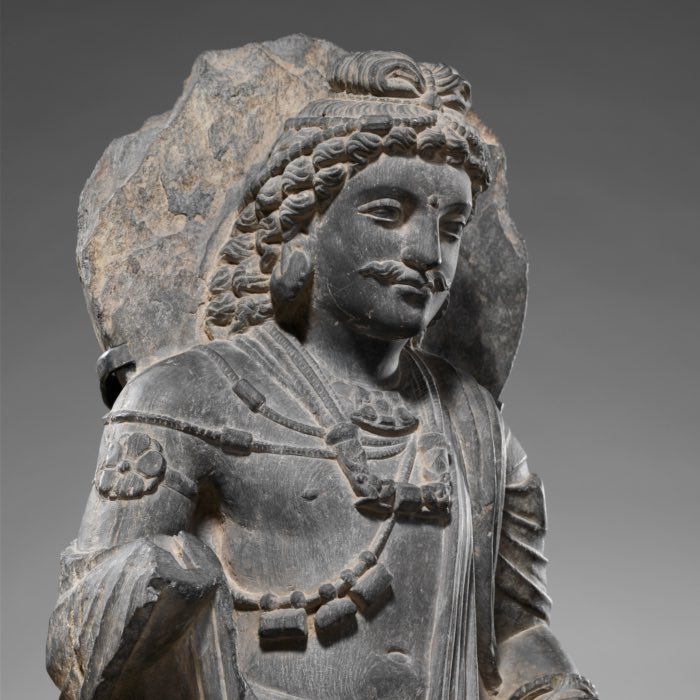

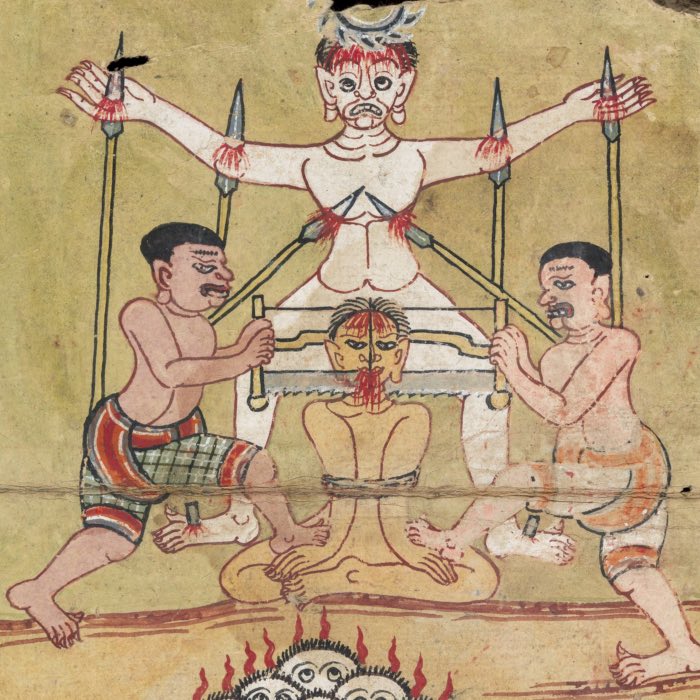

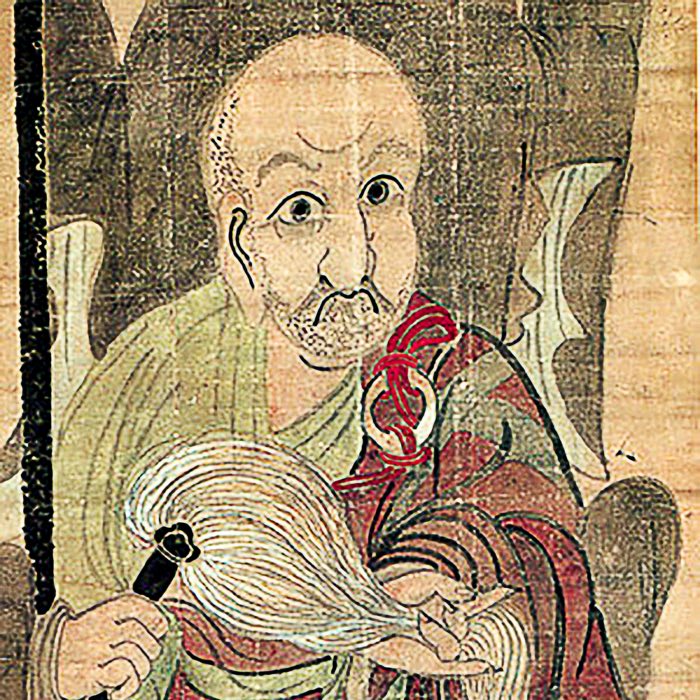



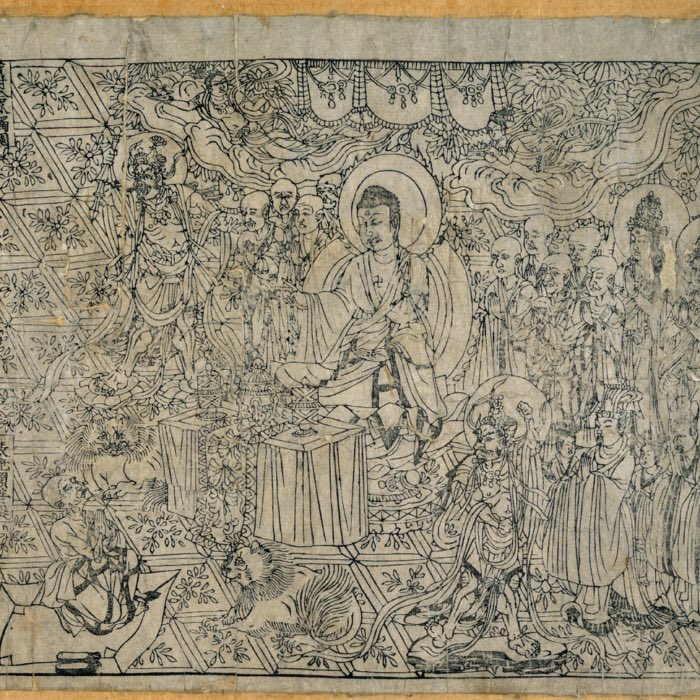



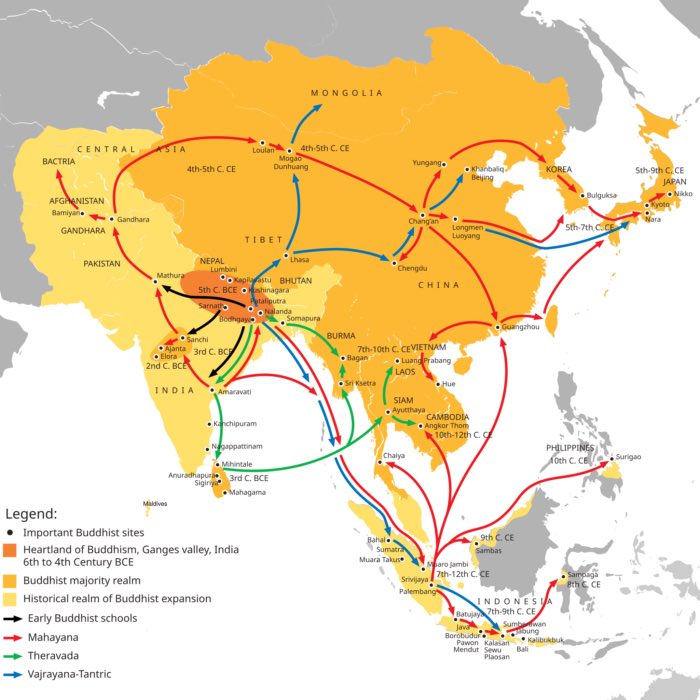
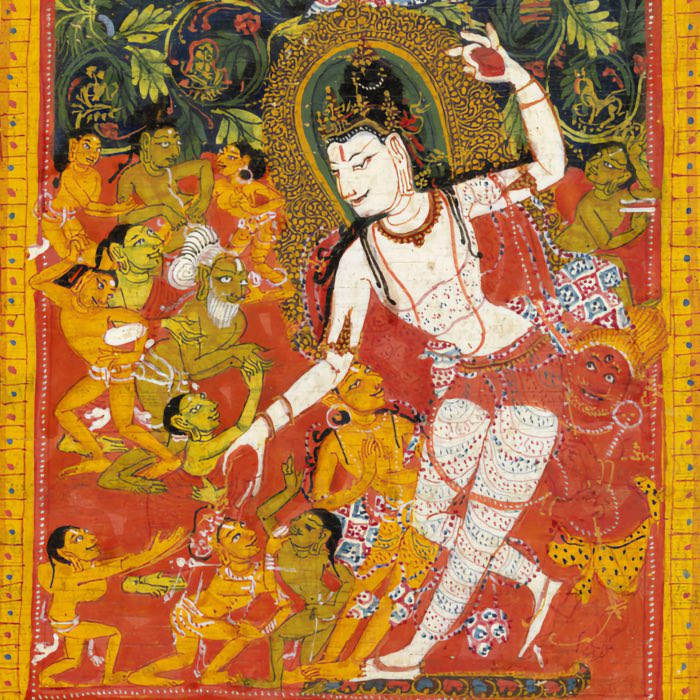
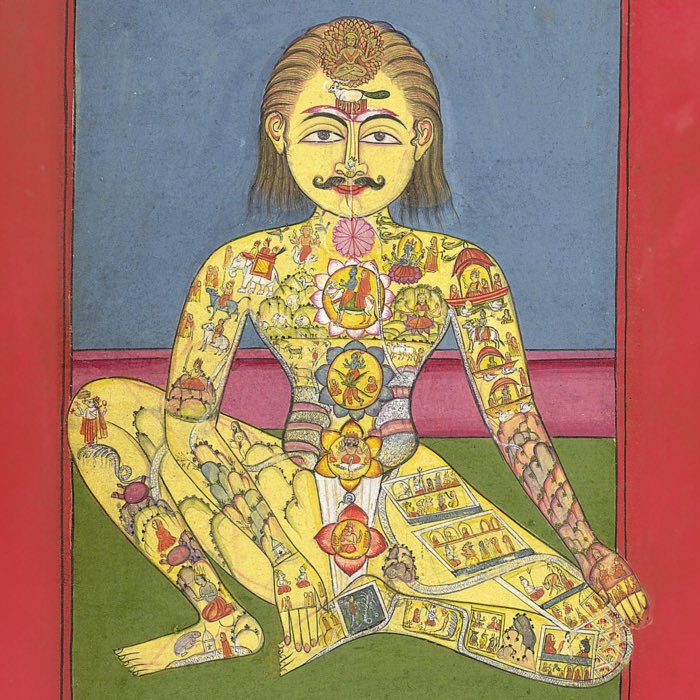


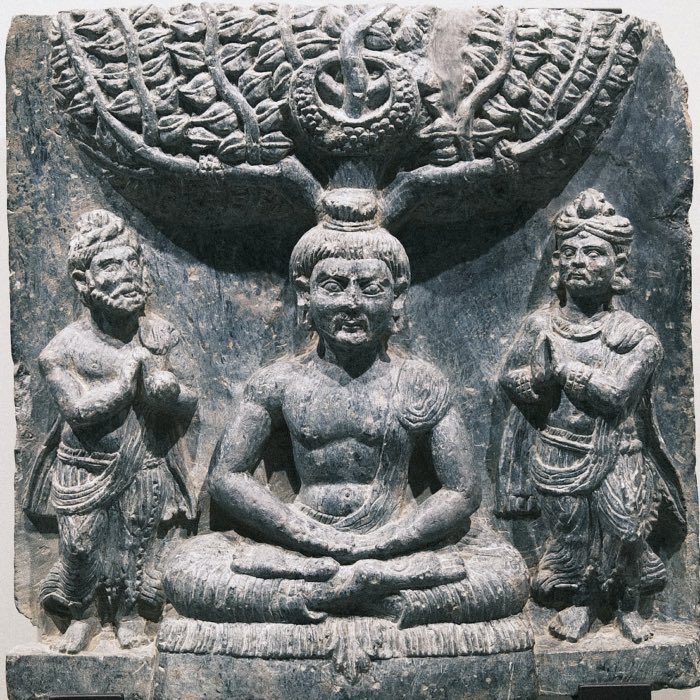
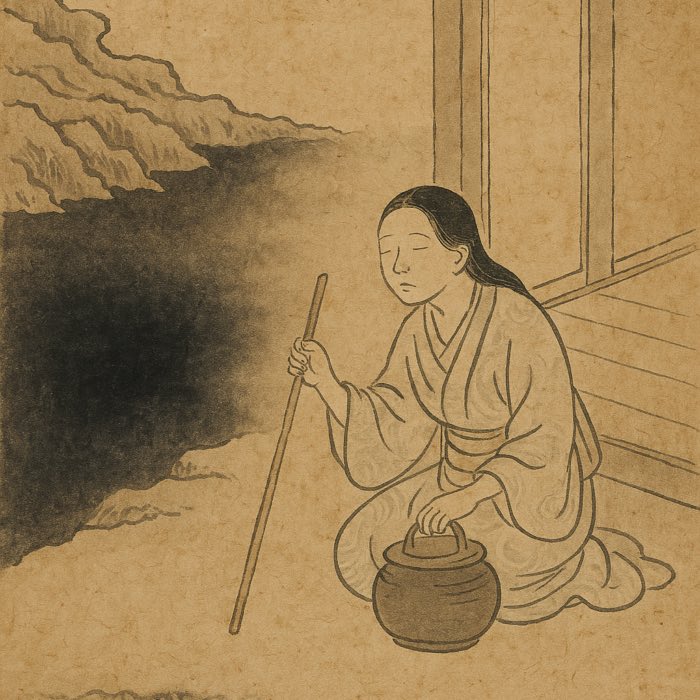
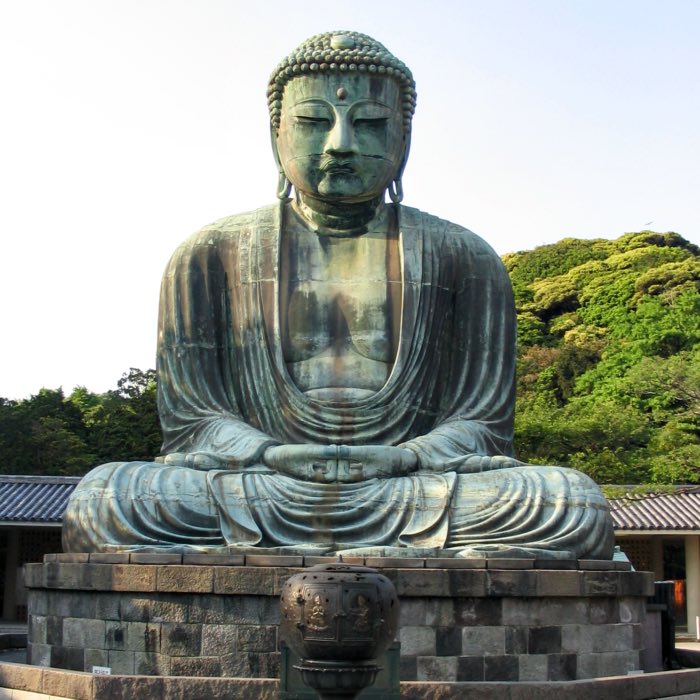
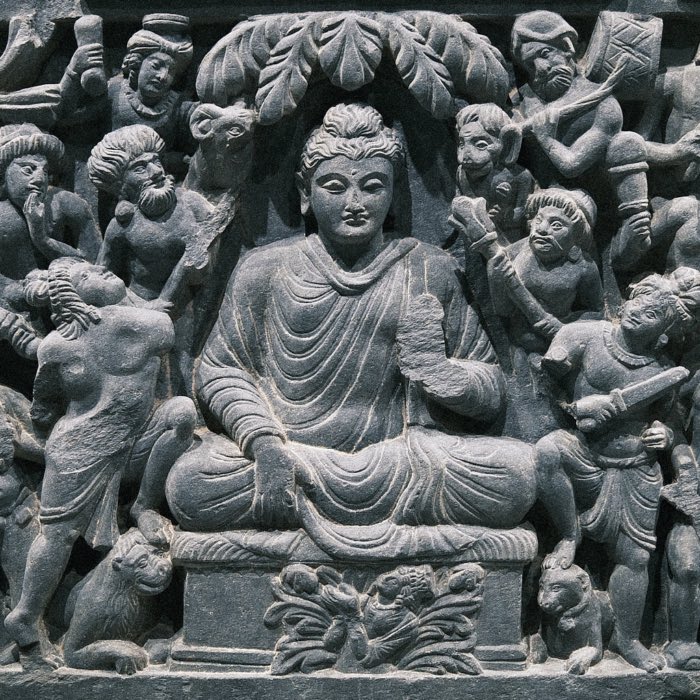
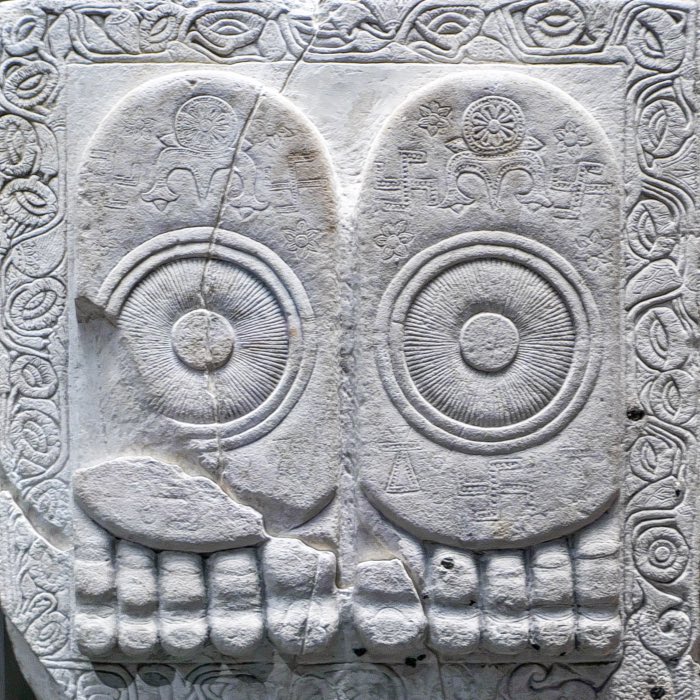
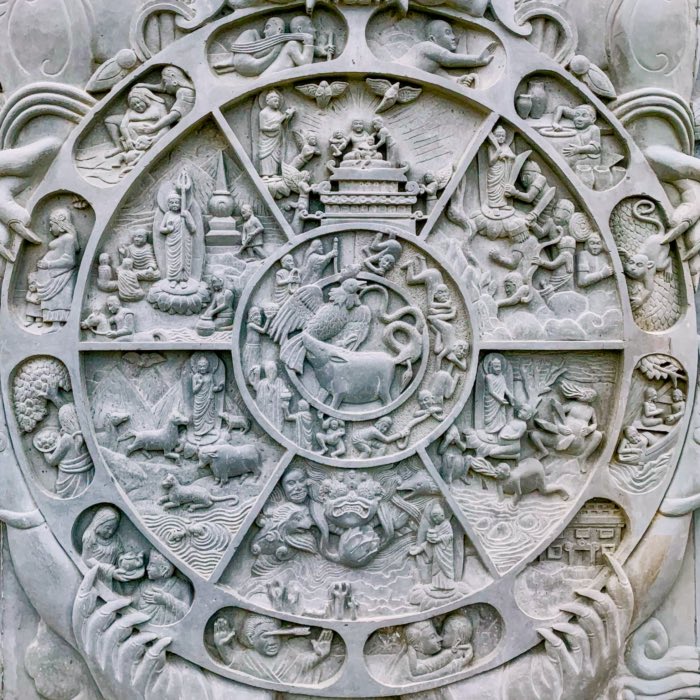
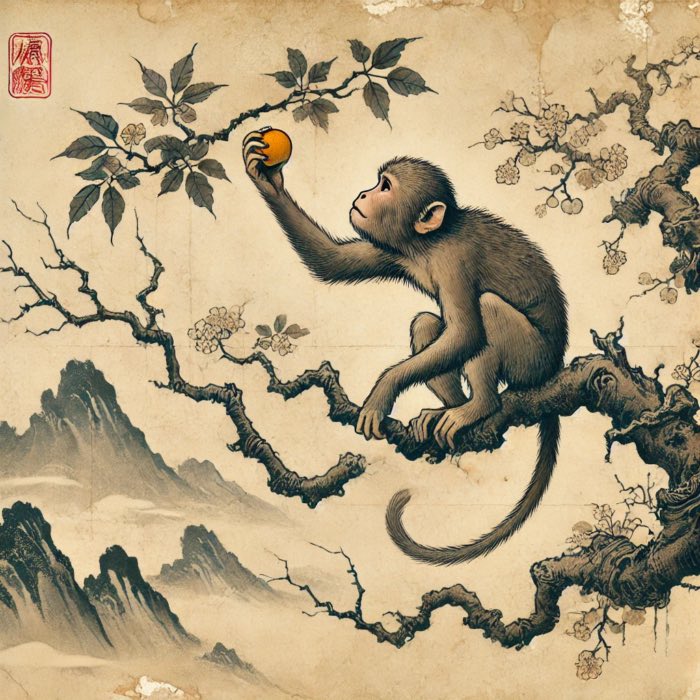
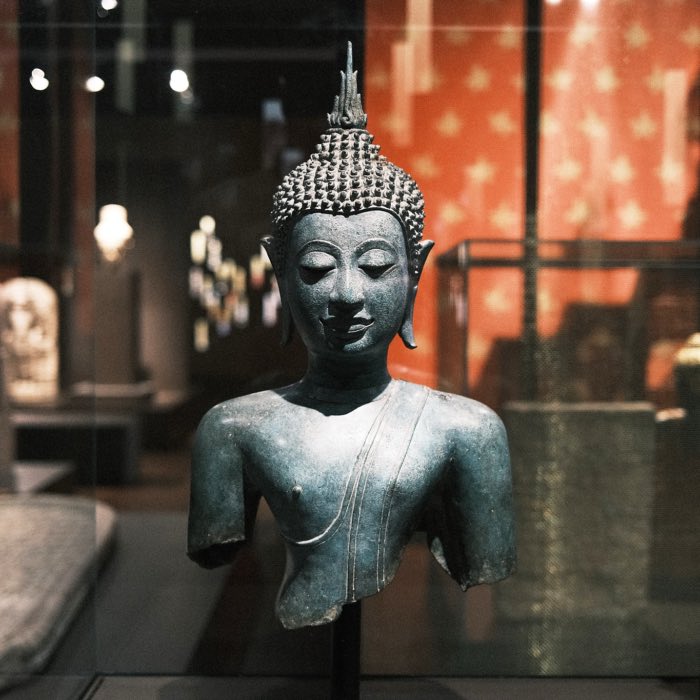
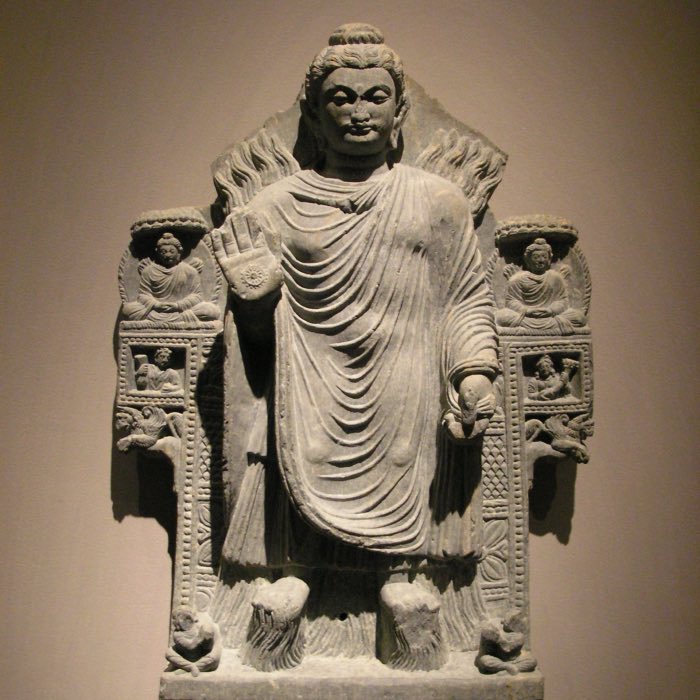
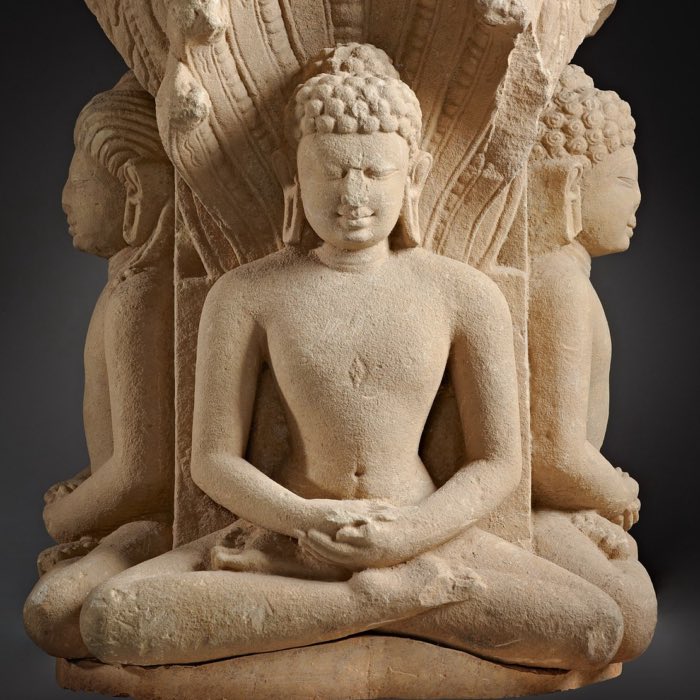
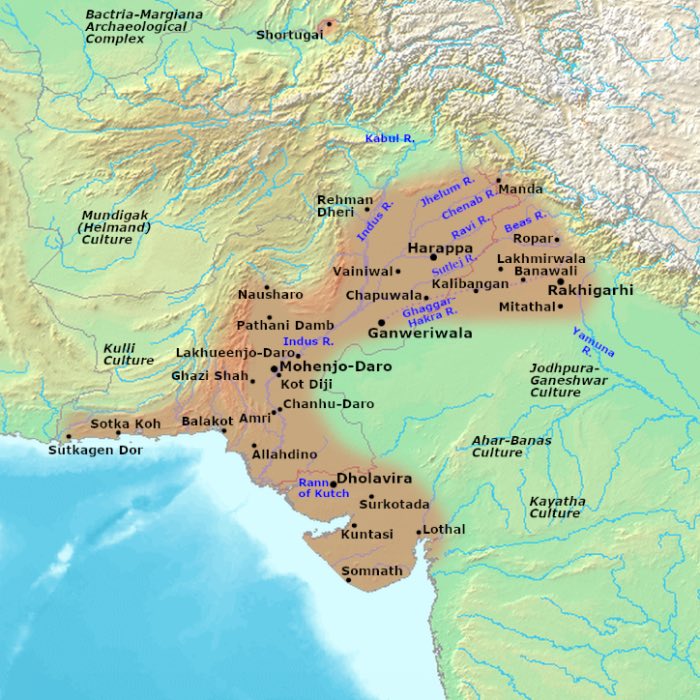
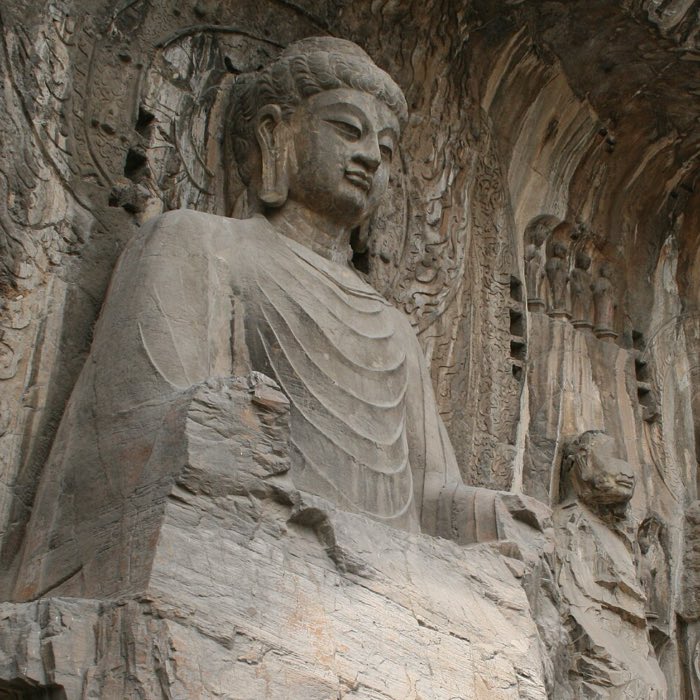
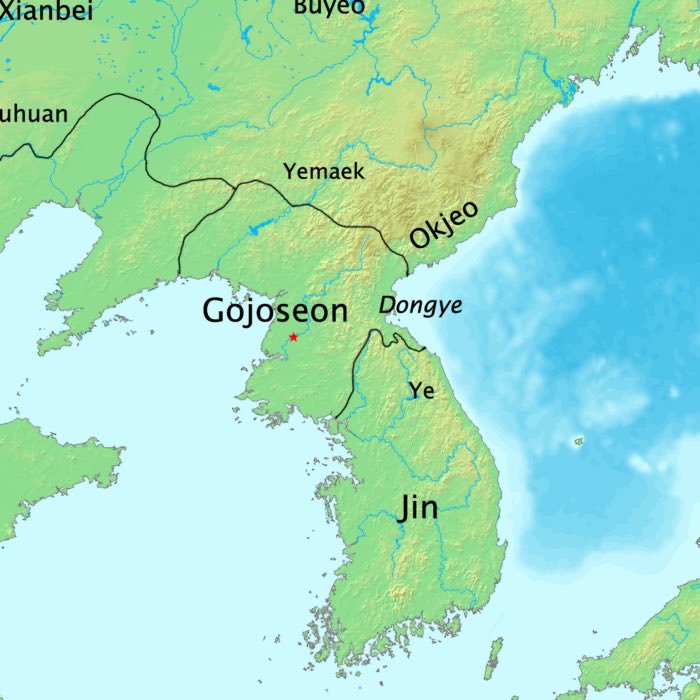

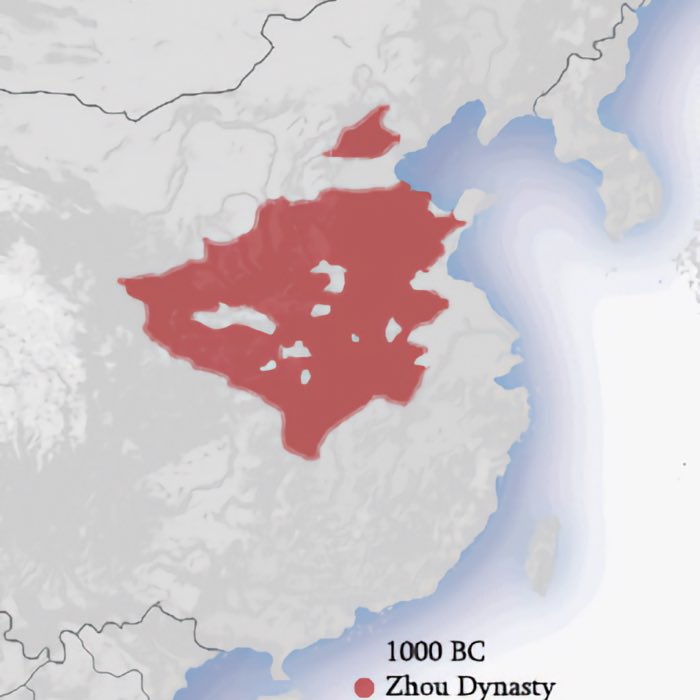
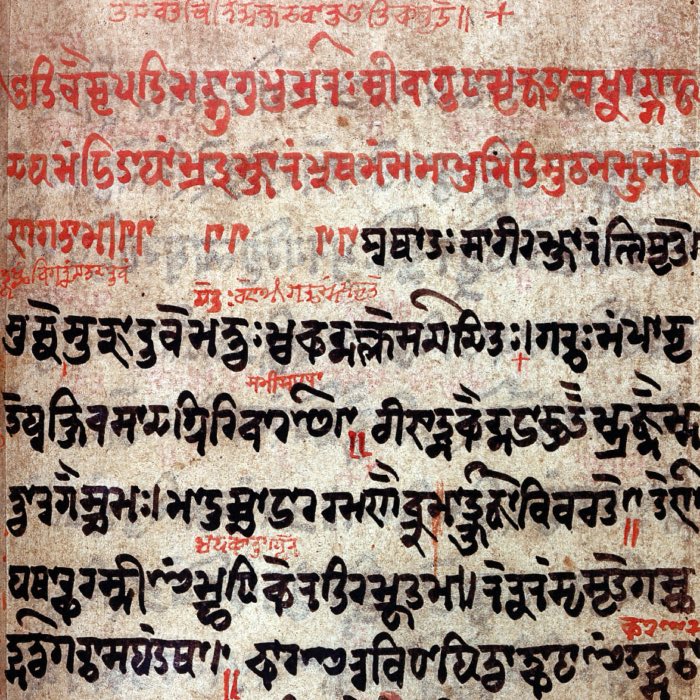
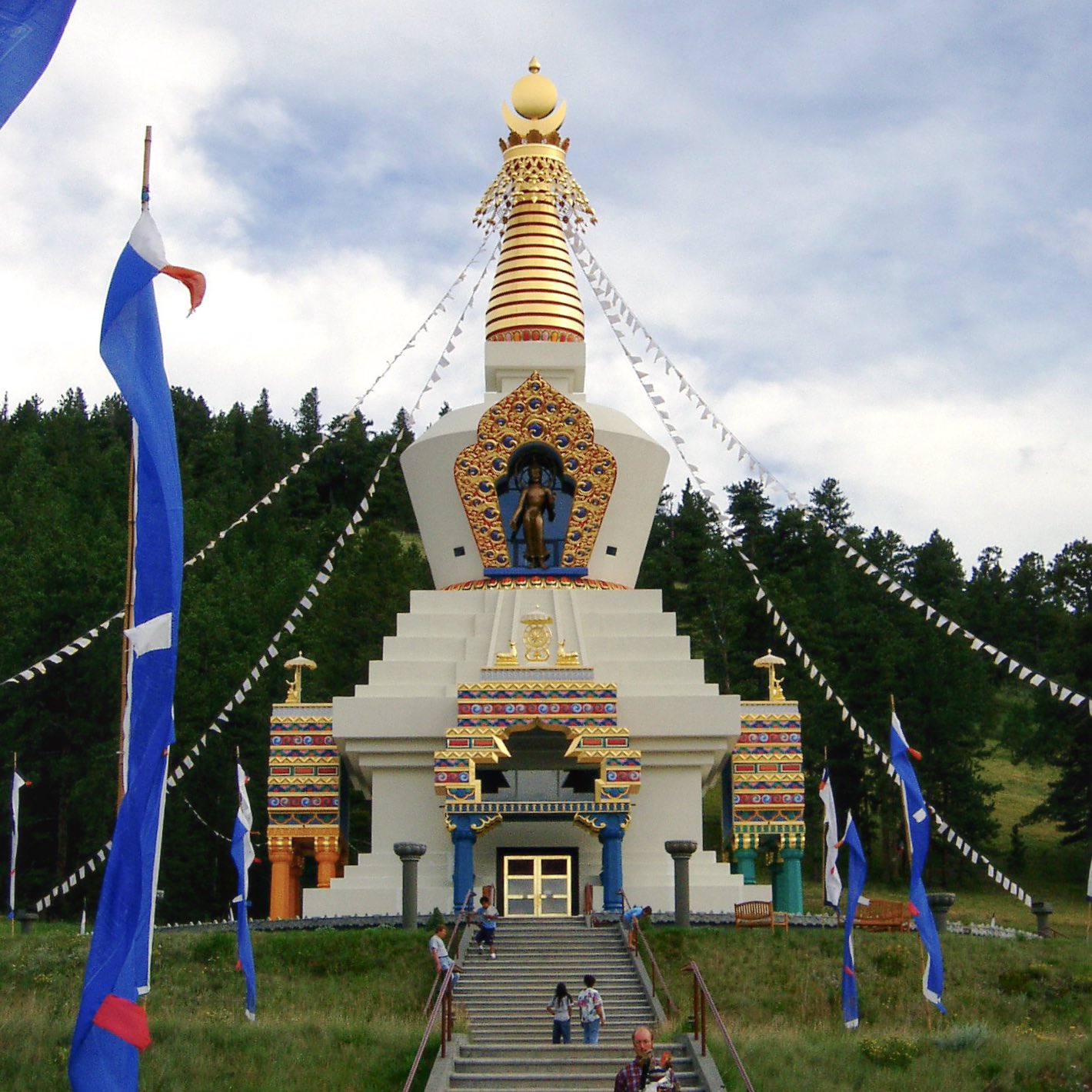


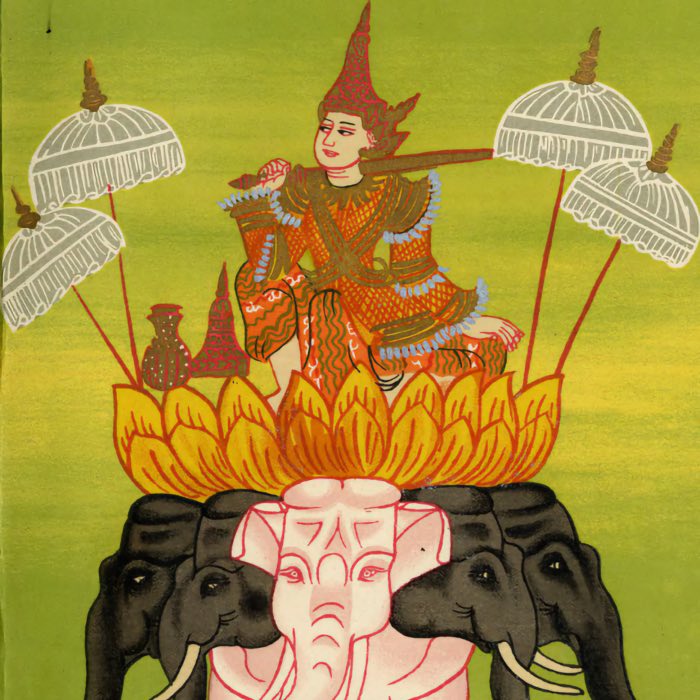
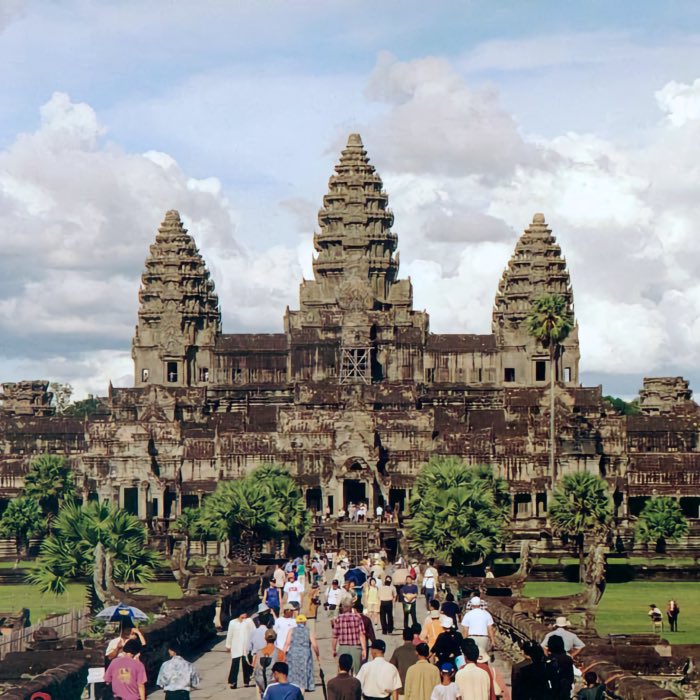

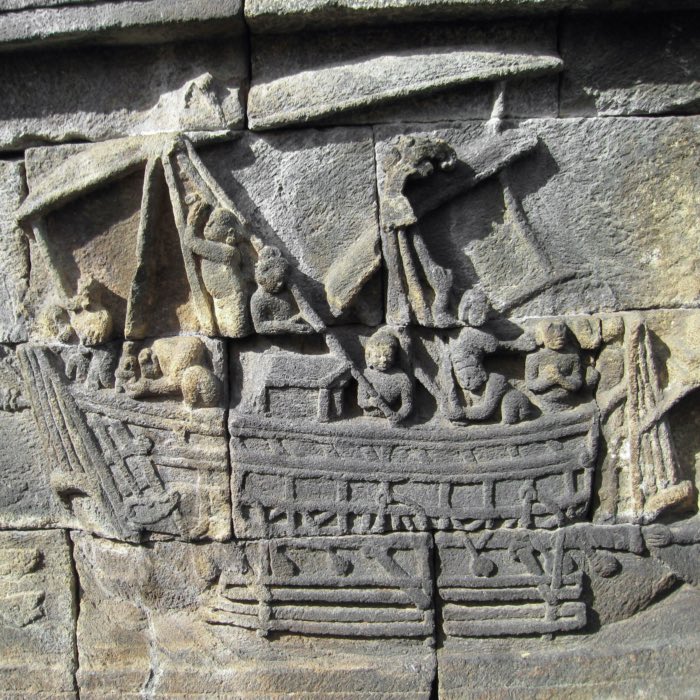
comments